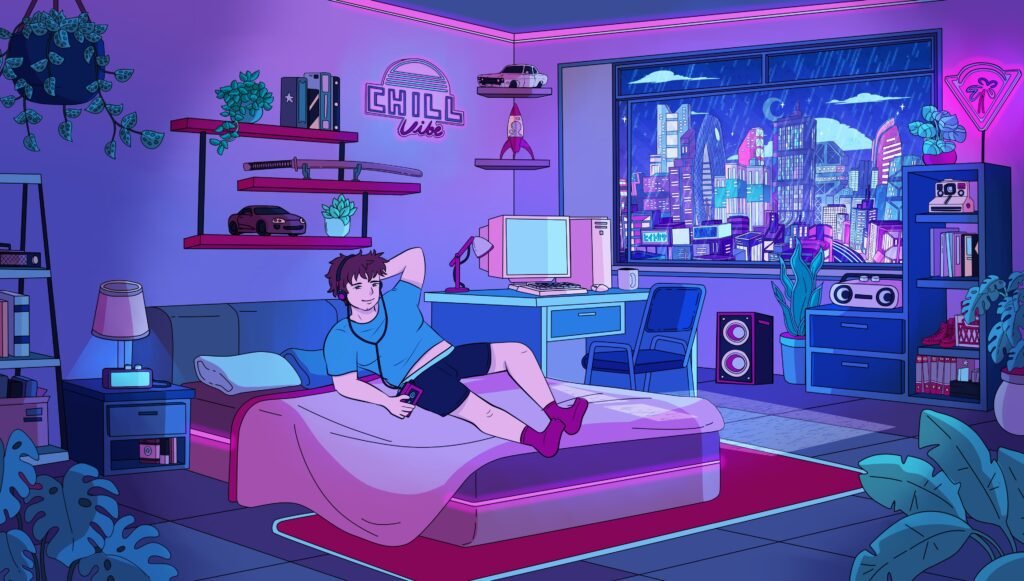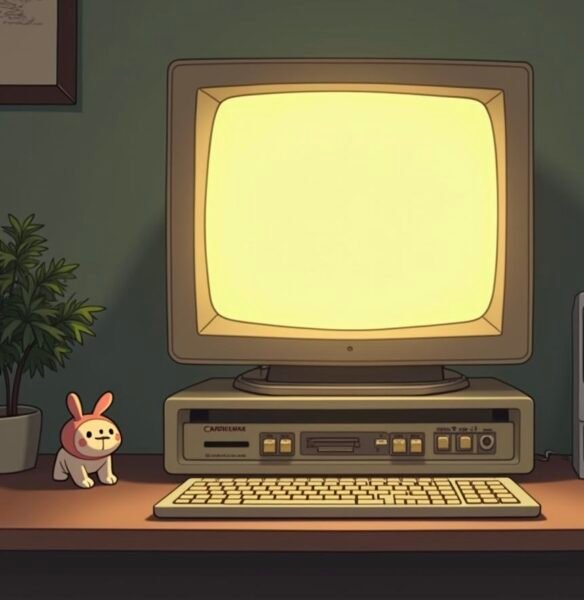Product Description
Chapter 2: Production – Tools, Spaces, and Workflows
Section: Equipment Guide
Lighting isn’t about being pretty.
It’s about being seen.
You’ve worked hard to build a persona, express yourself, maybe even strip down a little—and all of it fades into noise if your viewers can’t tell what they’re looking at. Grainy shadows. Washed-out skin. Blown-out highlights. Even in a thumbnail, poor lighting can erase you before anyone ever clicks.
The good news? You don’t need a studio. You don’t need a ring light on a crane or a full three-point rig. You need to understand what light does—and how to let it flatter the story your body is telling.
Why Lighting Is the Cheapest Upgrade You’ll Ever Make
A blurry video in 4K is still blurry.
A well-lit video in 720p? It can look professional.
Most of us—especially in indie adult spaces—are working with 1080p max. That’s not a problem. Hosting sites compress video anyway. What is a problem is when you film something gorgeous, vulnerable, arousing… and no one can tell. Harsh overhead bulbs flatten everything. Tiny lamps cast shadows in the wrong places. You lose definition, color, even emotional tone.
Your camera—phone or webcam—can only capture what’s visible. Lighting creates that visibility. It’s the easiest way to upgrade your work without replacing your gear.
The Basics: What Light Actually Does
Here’s a crash course, minus the fluff.
Lighting Affects:
- Clarity (fewer shadows = more detail)
- Mood (warm vs cool tones)
- Depth (how dimensional you appear)
- Focus (directing the eye toward the right thing)
Lighting Sources to Consider:
- Natural light (free, soft, but inconsistent)
- Ring light (centralizes attention—ideal for closeups or camming)
- Softbox or panel lights (spread light evenly across a wider space)
Positioning Tips:
- Always face your light—don’t let it come from behind you unless you want a silhouette.
- Raise your light source slightly above eye level and angle it downward for the most flattering effect.
- Avoid direct overhead lighting (like ceiling bulbs); it casts unflattering shadows on your face and body.
- Bounce light off a wall, ceiling, or white poster board if you need to diffuse it without buying gear.
Bonus Tip:
Use two light sources if you can. One as your main light, and one on the opposite side, slightly dimmer, to fill shadows. That’s called a “fill light.” Even a desk lamp with a cool bulb can work.
A Simple Beginner Setup (That You Can Dismantle in Two Minutes)
Here’s how to make your lighting work in a small space, without a full rig.
- Find your background.
A clean wall, your bed, a curtain—anything with low clutter. - Set up a ring light (or bright soft lamp) in front of where you’ll be positioned, angled slightly above you. If possible, use a tripod. If not, stack books until it’s the right height.
- Add a secondary light (optional): another lamp to one side, aimed at your body—not your face—to give warmth and shape.
- Diffuse when needed. A sheer scarf, parchment paper, or white pillowcase over a lamp can soften harsh bulbs. Just make sure it’s not touching anything hot.
- Control spill light. Use blackout curtains to block window light if it’s inconsistent, or shoot during golden hour if you want natural tone.
- Take test shots. Move slightly. Watch how your body responds to the light. One shift can change everything.
When you’re done filming, unplug your lights and tuck them under your bed or in a closet. A couple fabric bins can hold your whole setup.
Why This Matters, Even If You’re “Just Starting”
You don’t need a $500 kit. But you do need clarity. You deserve to see your own content and feel proud.
Lighting helps you see yourself the way your audience wants to—present, confident, and vivid. It also helps your audience connect with you faster. Better lighting means more watch time. More clicks. More subscriptions. More ease.
You don’t need to be perfect. You just need to be visible.
Lighting Makes a Bigger Difference Than Your Camera
If you’re deciding between a new camera and a $30 ring light—buy the ring light.
Your iPhone or webcam will go further when your face isn’t hidden in a cavern of shadow.
Remember: presentation isn’t about pretense. It’s about helping your viewer stay in the moment with you, without visual distractions pulling them away.
Keep the Momentum Going
Now that you’ve got light, let’s talk about sound.
Your voice, your moans, your breath—all of it matters.
When you’re ready, jump into the next page:
Best Mics for Camming, Clipping, and Voice Work
Previous Section
Next Section
Next Chapter
Return to the Table of Contents




